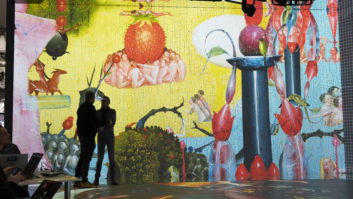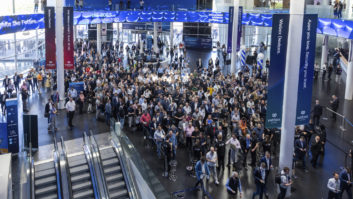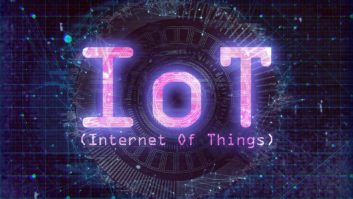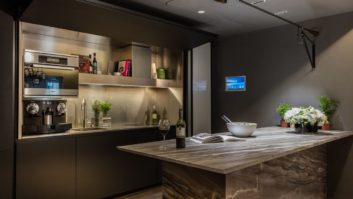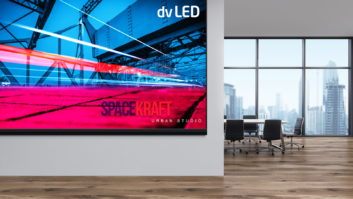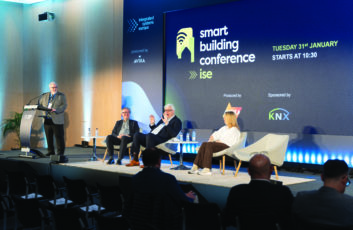
Erik Ubels, senior consultant at MetisReal, said the smart building industry is very fragmented and needs to “start to realise that this is the reality out there” in order to bring about change. “The technology is there,” he insisted, citing DC power and Power over Ethernet among other capabilities, as well as what he sees as the requirement for a single IP network inside the whole building. A key problem is a lack of co-ordination among those engaged in installing equipment and technology in buildings.
Ubels was taking part in the keynote panel of the Smart Building Conference on Tuesday. In a separate talk he also outlined how he challenges the traditional approach to smart buildings, and described how a lifecycle management model is required to ensure all aspects of a sustainable building are taken into account from the outset.
Fellow panellist Claire Penny, director of global partnerships at Invicara, noted that people are starting to wake up to the digital twin, “and not digital twin as a fancy 3D model they can spin
around, but something they can actually compose and tailor to their needs”.
Palle Dinesen, CEO and co-founder of Ubiqisense, also observed that we are “only just starting to scratch the surface of smart buildings”. Future developments will likely focus more on how buildings should cater to the people who actually use them, he added. This has become especially important now that hybrid working patterns are increasingly being adopted by companies and their employees.
“Companies are realising that they have to do something to really cater more to the needs of the users of the buildings. We can’t do things the way we did before,” Dinesen said.
Bob Snyder, content chair and editor-in-chief of Channel Media, added: “The best is yet to come in how specific we can get it down to the individuals and their job roles in the companies, and what we can do to collect the data that we need to make intelligent decisions.”


